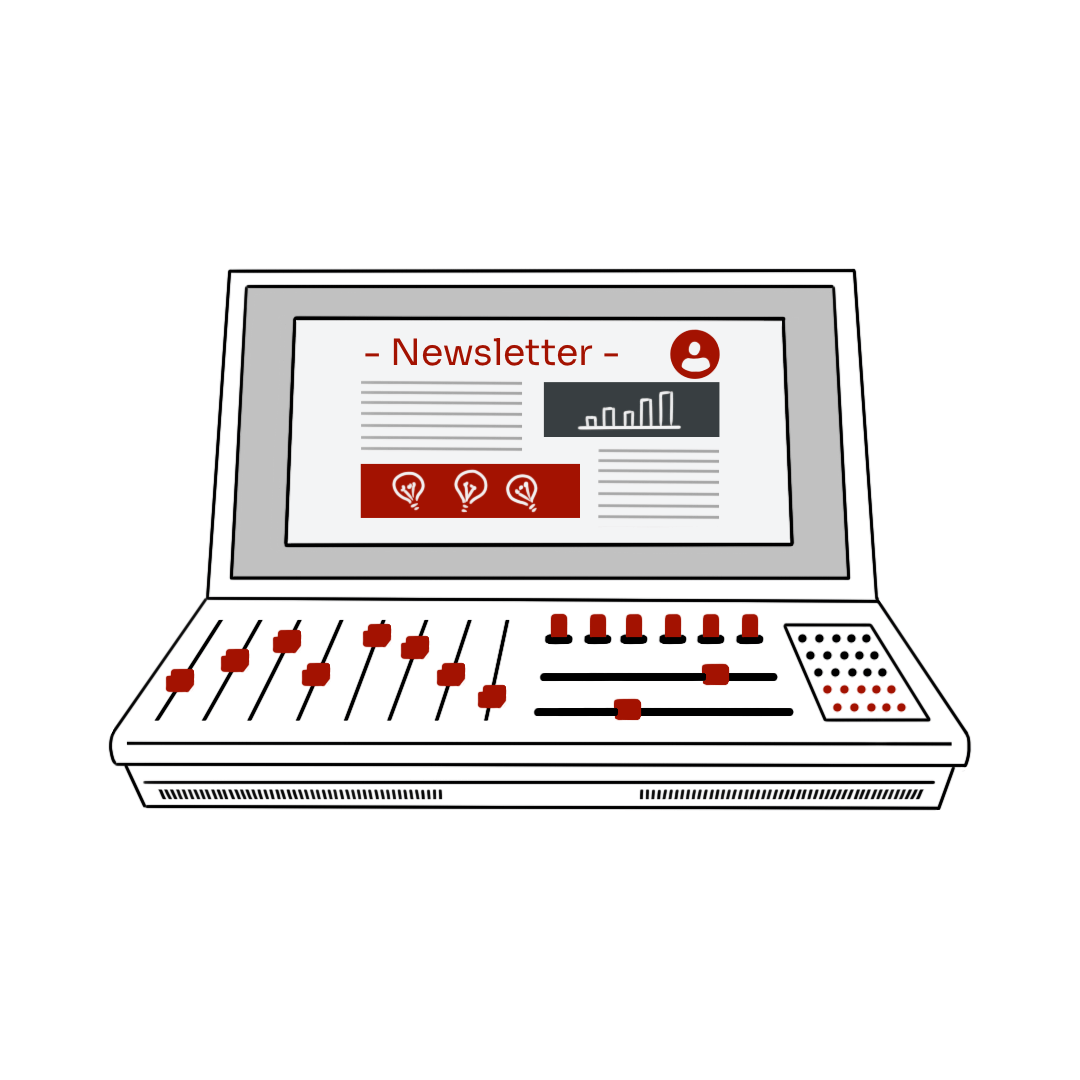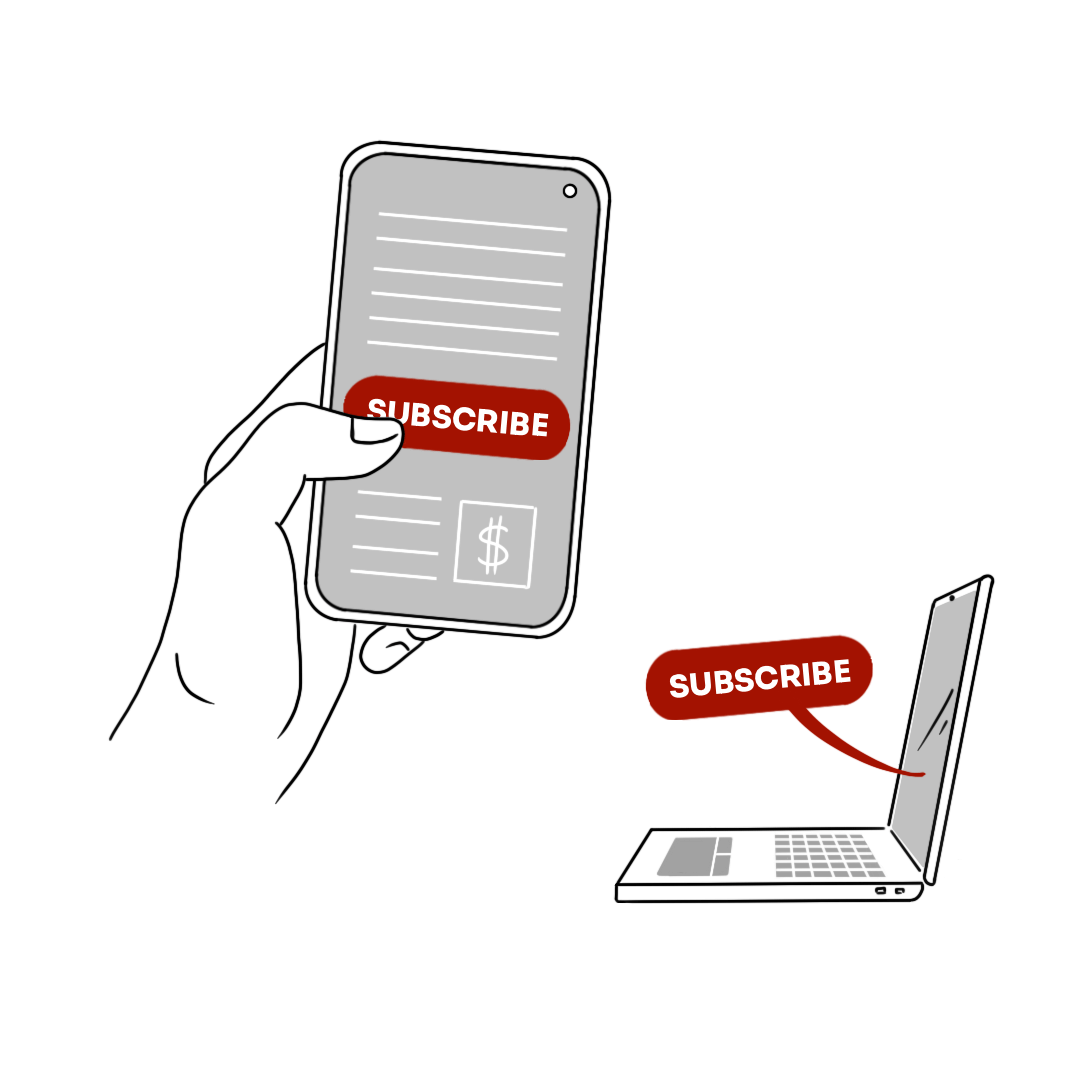Email Communication as an Ongoing Process
Email communication is an ongoing process. This type of communication has an “always-on” character, i.e. once you launch the program, it will be delivered to all customers who meet the criteria set by the brief. At the same time, every email sent is at the same time feedback for you on what needs to be reworked. Similarly, email communication optimisation is an “always-on” process as well. It may be boring, as most of us (especially in Marketing) prefer to work on new formats, creative processes and developing something new.
Email communication optimisation requires special skills and personality — someone who is great at striving for perfection and can’t sleep until everything is done with excellence (you may think about someone who always had done his homework on Friday evening to have time to learn during the weekend :))
But if you start to treat it with appropriate attention, you can gain a lot. Think about it as lean management: every day, 1% improvement, each day for one year, you’ll end up thirty-seven times better by the time you’re done.
In this article, we will focus on most powerful processes for email communication optimisation:
- Email subject line optimisation and split tests
- Best day of the week and the best time of the day
- A/B tests
- Email Customers Testing and Alt text
- Heat maps
- Content taxonomy and content tagging
So let’s begin!
Unlock the Power of Subject Line Split Tests
When an email lands in your email box, you only see the sender and email subject line. Based on this information, you, as a user, decide whether you should open it or not. The subject line is so important: it opens the conversion funnel. A couple of percentages higher Open Rate can do the magic on the final customer engagement results at the bottom of the conversion funnel.
Testing the email subject line involves sending emails with a different title to a portion of the email database. I recommend four random, small, but statistically significant groups of customers. It allows you to test different subject line variants (tangible vs emotional persuasion).
After 24 hours, by comparing the Open Rates per given title, your winning phrasing will emerge to be used during the proper mailing broadcast to the rest of the target audience.
You should test your email subject line before every broadcast for push campaigns, separately for each segment. For triggered programs (e.g. post-purchase email), you can run the test at the start of the program and then do it periodically to protect your program against customer fatigue. The most rewarding moment is when subscribers “choose” the same subject line repeatedly.
Optimise Email Communication: Discover the Best Day and Time of the Week
Do you know what moment is best for your campaigns? By running these other two tests, you can improve customer engagement by delivering your communication when your audience is the most responsive. This mainly applies to push campaigns since the moment for triggered programmes dispatch depends on customer action. But even for these communication streams, you may be surprised, how you can improve engagement, by testing better moments to send after customer interaction pull the trigger (some triggers are worth sending in real-time, like discount coupon, but for some is better to look for a more convenient moment, like a request for rating the product).
Tests are simple to run but may take some time. We send the email communication to the selected representative audience and compare the days of the week to see when the percentage of opened emails is at its highest. After choosing the day of the week, you can move on to the next step and check how the Open Rate is affected by the time of the day. We send this campaign to the rest of the database according to the highest Open Rate of our test group.
You can try to optimise the day and time of your email dispatch for the general population and every single subscriber. It raises the complexity of the process significantly and requires powerful software, but it may payoffs.
Using A/B Tests to Optimise Email Communication
Once you know the best subject line and the best moment to send your communication, time to focus on email content optimisation, improved Opening Rate gives you the biggest sample of people who will be faced with the choice of whether it was worth it. A/B tests allow you to see which content, copy or artwork in the mailing is the best for Click-to-Open Rate. The A/B tests send an email with the same title and one distinct element at the content level to a portion of the database. It could be either a different photo that links to a Landing Page or a call-to-action button. Similarly to the split tests, “the winner content” is sent to the rest of the subscribers that qualify for the broadcast.
Email Customers Testing and Alt text
Even the most remarkable assets and compelling copy mean nothing if it fails to display correctly on the customers’ devices. People use multiple email clients, and although the majority of received emails is dominated by Apple Mail, Google Gmail and Microsoft Outlook, we have thousands of different devices (mobile desktops), default screen resolutions, dark modes, light modes… you name it. It’s why it is crucial to check how your communication looks on different devices and software. Testing all available options is not too practical, but you should have in your reports the most frequent subscribers configuration (hard- and software) and focus mainly on them.
It should not limit only to the single-channel but to the full customer journey. So your test should cover also Landing Pages to which you direct your user. But you should also verify how your subject line looks in the inboxes, as often they display not only the email title but also the first line of the copy. Thanks to that, you can avoid the most frustrating situation when just after your well-curated subject line user see also: “If you cannot view this e-mail properly…”.
Many companies offer the service to verify it in an automated way. But there is always the margin that something will go wrong (e.g. bad email connection, some functions blocked on device level), your email will not display correctly, or graphics will not be downloaded. To avoid errors related to showing pictures, they include the so-called alternative text that is displayed to the user instead of graphics. This increases the overall score of the message in anti-spam filters and makes it possible to display the messages on devices with growing popularity, as smartwatches. Some mailbox providers also require it.
Testing and optimising all these variables is a laborious process that gets complicated with the growing number of push campaigns and triggered programmes. And that can encourage you to look for shortcuts and test a couple of variables simultaneously, which is a perfect recipe for failure. The more scientific approach, changing only one element at a time, the better result you achieve on optimisation.
Optimising Email Communication with Heat Maps
Heatmaps show you what users did with your communication and are very effective, not only in email communication optimisation. They visually show you the aggregated data, indicating what worked and what did not. You can see where people click, did they scroll and basically – what was important for them. Heatmaps help you to spot design problems and improve your email or website. The beauty of this technique is that everyone understands the results, which will save you a lot of time spent convincing your creative team.
Please secure that this function is available in your campaign management tool. Reports on the content heat maps should be drawn up periodically for all types of triggered programme communications and obligatory after each newsletter in push campaigns.
The report will help you to determine what your recipients noticed and were important for them, and what they completely ignored.
You can look at it from many angles. Fundamental is click heatmap what shows you where people click. Results can surprise you, e.g. people click on the elements, that you designed unclickable, or they click more on your logo than Call To Action button, and they are following a different path than you designed for them. It may be a lost opportunity (and a loss of your time and money for building it).
Equally important is the scroll heatmap that answers the question: do the users scroll my email or landing page? Common sense tells you that the longer the email, the fewer people are willing to scroll. While the true answer is: it depends. Sometimes they do not (lost opportunity) sometimes they do, and it does not necessarily depend on the length of the newsletter, but on how attractive the content is in general and how you designed it to steer people’s attention.
Improving Email Communication Through Content Taxonomy and Tagging
Things like split tests or A/B tests give you statistical information, what works better for the overall target audience. It will help you find the most effective patterns you can use (best moment, on which people are most responsive to your communication, best performing CTAs or most convincing email subject, etc.).
But if you want to put your email communication optimisation on a new level, you should focus on a single customer. What is the most interesting for individuals? As a prerequisite, you should secure the right content taxonomy and content tagging.
Taxonomy is the science of naming, describing and classifying organisms and includes all plants, animals and microorganisms of the world. Basically, it is how we organise things. You probably remember it from your biology class when you learned how the animal or flora kingdoms are organised (e.g. mammals, birds, reptiles, and then all way down to cats, dogs and whales or penguins, eagles, and pigeons). Ring a bell? Similarly, for communication, taxonomy means the method of organising similar content into relevant groups. You can think about it as a content tree. Imagine that you sell shoes online. You can split your content into two main categories: promotional and inspirational, and then down for main branches: woman, man and kids, and furthers traditional, modern styles etc. Similarly to biologists, who catalogues every creature, you should catalogue every asset (picture, copy) that you show to your customer. It should go beyond only your email communication. Securing the same taxonomy for your all marketing channels is essential to build integrated engagement (more about it, you can read here: link to Always starts with your members).
Once you build your taxonomy system, time for content tagging.
Content tagging is assigning keywords from your taxonomy to every clickable item in the emailing, allowing you to define your audience preferences precisely, based on actual behaviour. If, for example, one recipient clicks on the inspirational content picture assigned by you as “traditional style” more often you will be able to recognize this particular customer as a person with such preferences, and then personalise the communication toward this person and send products and offers in the style (s)he likes. Setting the same taxonomy for all channels and storing this information in member profiles opens a wide door to understanding single customer wishes and wants. Backing to our online shoe store: people may change their preferences seasonally (traditional for winter, modern for summer). They may click on traditional but purchase modern. And it’s only a basic, two-dimensional example. Imagine how complex your product range is and how many insights you can get about customer decision-making. And about the communication personalisation opportunities will give you, by sending the communication, that is curated for them.







